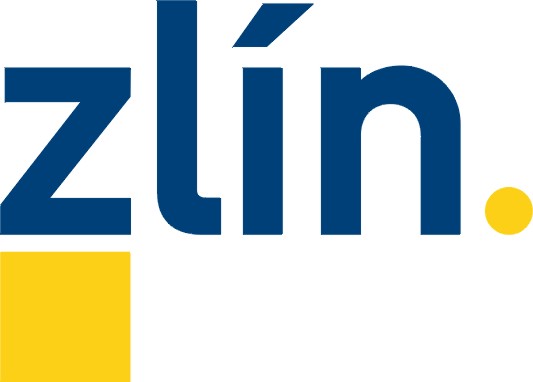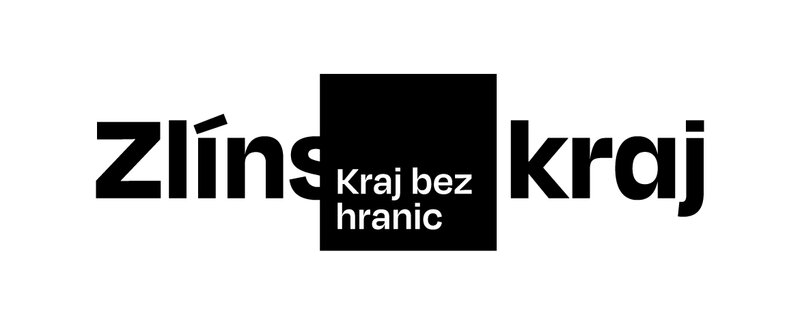Africa at Zlín Zoo – this is about animal houses of native hut design, extensive enclosures with typical ambassadors of mammals & birds of the African savannah, semi-desert areas and Ethiopian mountains with endemic gelada baboons, flamingos wading in the lagoon, or "little Madagascar" in the form of ring-tailed lemur displays located on islands.
Opening: September 6, 2025
Our rescue and breeding center is a major step forward in lion conservation. It provides a wonderful new space for our group of five Congo lions while also helping to address the issue of inappropriate private keeping of these big cats. The center is exceptional not only in its concept but also in its funding. The costs reached CZK 90 million, shared equally by four entities – the statutory city of Zlín (founder of Zlín Zoo), the Zlín Region, the Ministry of the Environment, and Zlín Zoo. A huge thank-you also goes to all donors who supported the construction of the center by purchasing a donor brick or certificate. In this way, you contributed CZK 3.5 million. The Giving Lions a New Chance project (donor bricks and certificates) continues even after the center’s opening, so you can still become part of our lion story.
Our male lion Abamboo, the female Kwale, and their three offspring can be seen every day in their half-hectare enclosure. Their favorite spot is a hilltop, which offers wide views of the surroundings, including the vast grassy enclosure of African elephants. For you, our visitors, we have prepared a unique viewing platform that provides an up-close encounter with these majestic predators.
Come and discover the new Lion Center at Zlín Zoo! Experience Africa in the heart of Moravia.



Year of opening: 2023
Imagine standing in the middle of the African savannah — mighty vultures circling above you, hornbills and colorful starlings watching from the trees, and majestic secretary birds striding right in front of you. In a nearby pond, saddle-billed storks are hunting for food. That’s exactly what our Gora Ark, the longest aviary in the Czech Republic, feels like.
The aviary is walk-through — you can observe twenty vultures, secretary birds, saddle-billed storks, and other birds from just a few steps away.
You’ll see the majestic vultures in flight too — Gora Ark is truly enormous. It measures 80 m in length, 12 m in width, and 10 m in height.
A special experience is the commented vulture feeding. You can join it every Tuesday, Thursday, and Saturday at 11:15 a.m. and from the viewing area inside the aviary watch the raw but completely natural behavior of vultures. We offer them a large piece of food, just like in the wild. You’ll really feel like you’re in Africa.
Besides the adult vultures, you can also see their chicks. The heated nesting niches and camera system seem to suit them well — to our delight, several chicks are successfully raised in Gora Ark every year under the careful watch of their parents.
The African atmosphere is enhanced by bronze sculptures from Nigeria, placed around the Gora area. It’s a real feast for the eyes — and a perfect selfie spot in our zoo :)
Rüppell’s vulture, Griffon vulture, Himalayan vulture, White-headed vulture, Egyptian vulture, Hooded vulture, Secretary bird, Red-winged starling, Silvery-cheeked hornbill, Saddle-billed stork, Vulturine guineafowl.
Entry to walk-through and interactive exhibits in the Zlín Zoo area is at your own risk.
Year of opening: 2020 - enclosure in Karibuni, 2022 - new breeding facility in Karibuni
A spacious 3-hectare enclosure with a natural pond, where elephants can cool off and enjoy the water, together with one of the three largest elephant houses in the world, is home to a complete elephant herd you can see only here.
The main enclosure “B” covers 3 hectares and includes a natural pond.
The indoor elephant house ranks among the three largest facilities of its kind in the world.
On June 6, 2021, the first African elephant calf ever born in the Czech Republic came into the world here – a male named Zyqarri.
On September 5, 2023, our “giant” arrived from Hungary – male Jack, standing 3.3 meters tall and weighing 5.5 tonnes, yet known for his surprisingly gentle nature.
The Karibuni Project brings not only a unique elephant exhibit, but will also include in the future accommodation in safari-style camps for 200 guests and a stylish restaurant with 360 seats.
Females Kali (1995), Zola (1996), Ulu (1997)
Calf Zyqarri (2021)
Male Jack (1993)
Year of opening: 2022
An inseparable part of the vulture aviary, in all its stone beauty, is a colorful and vibrant exhibit – home to our “new old” residents.
The atmosphere is enhanced by massive rocks, bronze statues of a king and queen from Nigeria, and creative artistic elements.
The opening of this exhibit marked the completion of the first stage of the Education and Breeding Centre for Vultures (Stage II – Gora Ark, the longest vulture aviary in the Czech Republic, was opened on August 6, 2023).
The large rocks are not just decorative. Together with several tons of sand, they create a perfect environment for housing tortoises and rock hyraxes, closely resembling their natural habitat.
Rock hyrax, African spurred tortoise, Leopard tortoise, Yellow-necked francolin, Cape parrot, White-bellied turaco, Trumpeter hornbill.
Year of opening: 2010 Ethiopia I, 2012 Ethiopia II
Geladas have one of the largest grassy enclosures, as they are feeding specialists who spend the entire day grazing on grass.
Omo Aviary – a unique steel-mesh structure, home to storks, hamerkops, hornbills, cranes, and various waterfowl species. It ranks among the largest steel-mesh aviaries in Czech zoos.
Senkele Aviary – here you can meet white-headed vultures, southern ground hornbills, and white-necked ravens.
The popular meerkats never disappoint – watch them standing guard and keeping an eye on their surroundings.
Bongo antelopes may be shy and hard to spot, but they are also extremely rare – in the wild, only a few dozen individuals remain.
In the African Village, you’ll encounter traditional zebu cattle and Somali sheep.
Gelada, African openbill stork, Hamerkop, Hornbill, Crane, Waterfowl species, White-headed vulture, Southern ground hornbill, White-necked raven, Meerkat, Bongo antelope, Spotted hyena, Verreaux’s eagle-owl, Zebu cattle, Somali sheep.
Lorem ipsum dolor sit amet, consectetur adipiscing elit, sed do eiusmod tempor incididunt ut labore et dolore magna aliqua. Quis ipsum suspendisse ultrices gravida.